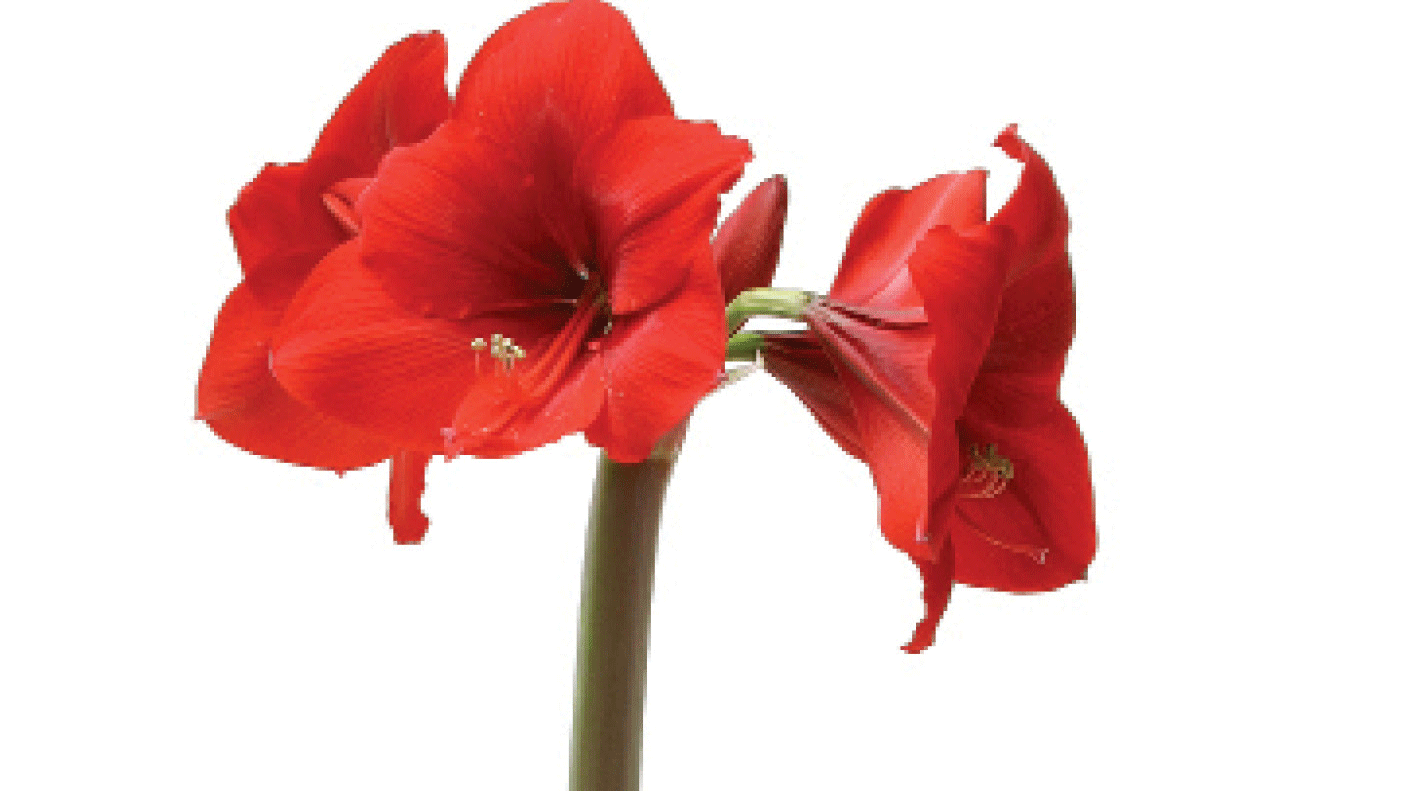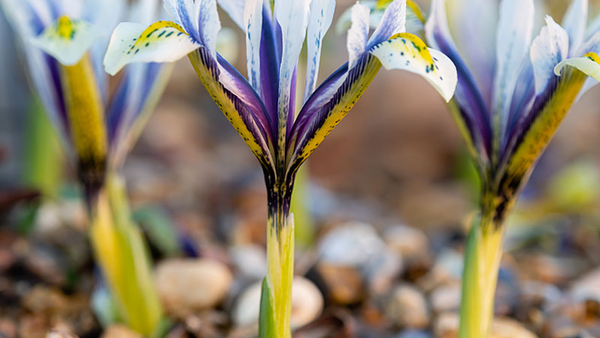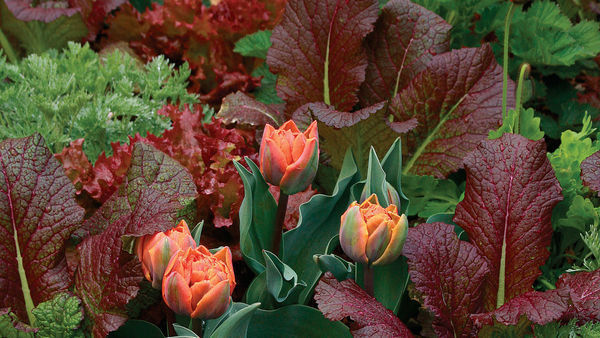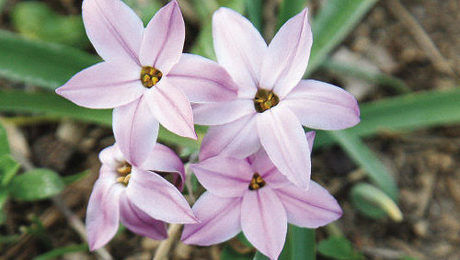
It is that time of year again in Britain when my life is engulfed by the choosing, ordering, receiving, distributing and planting of bulbs.
The bulb is possibly the most perfect example of packaging that has ever been created. You dig a hole in the autumn into which you drop a palm sized brown nugget. An unassuming thing in itself but containing absolutely everything needed to produce, over the cold winter weeks, roots, leaves, shoots and some staggeringly beautiful flowers. It is the horticultural equivalent of Hans Christian Andersen’s Ugly Duckling. Who would have thought that something quite that gnarly could produce something as gorgeous as, for example, this..?
So the schedule goes something like this: sometime in the next week or so many thousands of assorted bulbs will arrive on my doorstep – and the doorsteps of various clients scattered across the country. We then have to get them in the ground as soon as we can: the exception are the tulips which can usually wait until November. There is no great skill in bulb planting, just a lot of rather tedious labour and bending down. The general rule is to plant the bulb about twice its own depth and a good two bulb widths apart. This is particularly important with Alliums as the flowers look better separated – if they bump into each other then it just looks like a flowery venn diagram. If you have heavy soil then a layer of grit at the bottom of the hole won’t do any harm at all.
Oh, and remember to plant them the right way up….
After planting firm the soil down well so that there are no air pockets and also to make it a bit more difficult for marauding mice who are quite capable of burrowing down and making short work of your bulbs – especially Crocus. Actually, mice are a problem all the time: I had a bag of two hundred Tulips sitting in my shed for a fortnight during which time the mice ate about eighty of them. I really hope it was lots of mice and not just one really, really enormous one!
Now, in Britain we have well known Radio show called Desert Island Discs. It was invented by a chap called Roy Plomley in 1942 and has been running now for over seventy years. The premise is simple, a guest (or castaway)is invited to imagine that they have been washed up on a deserted island and can choose eight pieces of music, a book (apart from the Bible and Shakespeare which are already there) and a luxury to take with them. They can take nothing useful that might help them escape. The guests have included Prime Ministers, Royalty, film stars and musicians – you can find out more here (although I don’t think you can listen to them from over there, sorry) or check Wikipedia.
Anyway the reason that I am telling you all this is to introduce the idea of choosing eight bulbs. Only eight out of all the hundreds that exist. It is an interesting exercise and one in which I change my mind all the time but my eight are (for today)

Snowdrops: The first sign of life. Best not planted as bulbs though. they should be planted in about March ‘in the green’. this means that they are dug up after flowering and planted then.

Tulip turkestanica: One of the earliest Tulips. Very different to the rather gorgeous spring numbers. This one is only about six inches high but smells pleasantly peppery. Opens wide in the sunshine (when there is any)
Narcissus lobularis: the native daffodil. Small (only about six inches high) with a downward facing tubular flower. Great en masse in grass or under shrubs.

Tulip Spring Green: a viridiflora variety. White with a strong grass green stripe. There is a variation called Tulip Flaming Spring Green that has a gorgeous red streak.
Camassia cusickii Zwanenburg: deep azure blue flowers which look amazing in long grass or borders. Comes from Oregon so thank you very much.

Allium hollandicum Purple Sensation: flower globes about the size of tennis balls. very, very perky. These are growing on a bank side in my garden
Lilium regale Album – really, really, really smelly. About a metre high with vast white trumpets. Only snag is that if you get too close in order to sniff them you are likely to get covered in pollen! Reddy brown reverse to flowers

Tulip Ballerina: some of my clients are very wary of orange but I tend to sneak this tulip in anyway. Nobody has ever complained when their April is enlivened by these beautifully shaped flowers. They smell of orange boiled sweets.

Anemone blanda: The wood anemone. You don’t have to have a wood to grow this little plant. Underneath deciduous shrubs or in a shady corner will do fine. Also comes in white and a sort of washy pink. But I would stick with the first two.
I know that is nine but it is my game and I will cheat if I want: and what about Fritillaries, Foxtail Lilies, Allium sphaerocephalon, Ornithogalum and Bluebells?
Oh my goodness… in the words of Fagin in the musical, Oliver.
“I think I’ll have to think it out again…”

















Comments
Flower bulbs are looking so nice in mass. I very much like tulip bulbs which adds a unique value to your garden area.
http://www.dutchgrown.com/wholesale/gardening-landscaping/hyacinths/hyacinths/
Log in or create an account to post a comment.
Sign up Log in